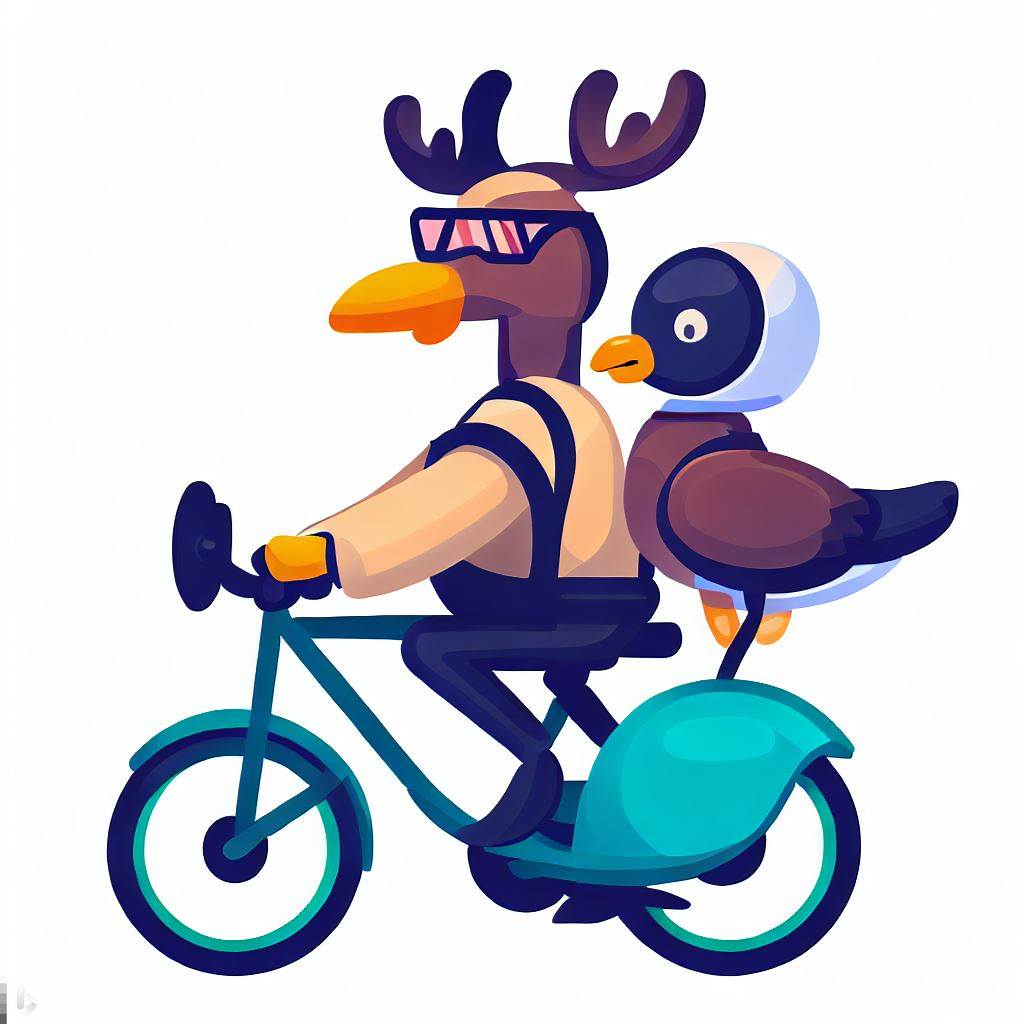New Zealand has announced plans to eradicate feral cats by 2050, as part of efforts to protect the country’s biodiversity.
Speaking to Radio New Zealand on Thursday, conservation minister Tama Potaka said that feral cats are “stone cold killers” and would be added to the country’s Predator Free 2050 list, which aims to eradicate those animals that have a negative impact on species such as birds, bats, lizards and insects.
Cats had previously been excluded from the list, which includes species such as stoats, ferrets, weasels, rats and possums, but Potaka used the interview to announce a U-turn.


To the people thinking “oh poor kitties”. In New Zealand, cats are like terminators (or more accurately, Predators from those movies). Pretty much everything evolved to be incredibly easy pray for cats. Sure, it sucks that cats have to die, but they’re an incredibly invasive species that hunts the native species to extinction. They should’ve never been imported in the first place.
No one in New Zealand actually wants to go around killing cats. Euthanizing them is the tool of last resort, and it’s generally prioritized for areas where urgency is high and other more humane solutions are hard to implement.
You can’t fuck around in an island ecosystem. You have to make hard choices in order to preserve the lives of the native plants and animals.
there’s a lot of really impractical, child-minded fools online, this site collects a LOT of them because Lemmy communities tend to be really shut off ecosystems.
There’s a joke in here about introducing an invasive predatory species to the closed ecosystems of Lemmy but I am too angry at the midwits and giant, fake progressives here to formulate it.
New zealand is extremely prone because its home to flightless birds and other similar species that never grew up against land predators of this nature. That’s why cats and even rats are especially dangerous. These flightless birds have no real way of protecting their young and even themselves.
It’s sad for cats because we see them as companions and pets, but new zealand holds a lot of critically endangered species that simply cannot exist anywhere else
All of Oceania is this. There’s a lot of unique land animals that evolved with no threat. European colonisation really fucked that entire region and the ecosystems within.
That’s for Australia’s 3.7M pet cats that aren’t kept indoors 24/7. So that’s approx 407M native animals killed each year by cat lovers that don’t responsibly take care of their cat—71% of cat owners. Factor in other contamination and habitat destruction, you can expect that to be closer or even over half a billion native animals killed each year.
So, yeah, Oceania countries will hunt and kill cats. And anyone that doesn’t keep their cat inside or at least bell it’s collar, is a real piece of shit. Certainly doesn’t give a fuck about animals and the environment. It’s a totally different part of the world to Eurasia where it’s fine to just have strays all over the countryside because they’re actually a part of the functioning ecosystem.
Source: https://biodiversitycouncil.org.au/resources/the-impact-of-roaming-pet-cats-on-australian-wildlife
That’s pet cats and doesn’t count the damage that feral cats do.
Here claims that Australia’s Cats Kill Two Billion Animals Annually, with feral cats killing 1.4 Billion.
I’ve personally scraped up native birds and possums that were killed by neighbours roaming pet cats. Most not eaten. And some just paralysed and left that I called WIRES wildlife rescue for. It’s heartbreaking. These poor little critters didn’t deserve an ending like that.
Cats like hunting. Please keep your kitty inside.
Time for them to catch up in evolution’s arms race or be left behind with the other failures like the dodo and the dinosaurs
Or the feral cats? Does humanity deciding to cull a species not perfectly fit that model as you imagine it?
Not how evolution works.
Survival of the fittest? No? Am I a slider? Did I land on a world where natural selection isn’t one of the evolutionary pressures on the ecosystem?
One of yes. Along with gene drift and flow, and genetic mutation. But our imperialist, capitalist societies really love to lean into the survival of the fittest as the end all, be all of evolution and life. There’s a whole lot more to the complexities of nature even if our “might equals right” societies don’t see it.
deleted by creator
I wouldn’t bother. If they’re this simple and loud about whatever they think they comprehend of evolution and natural selection concepts, you know them and their cat are ironically nature’s food in the first 48 hours detached from society’s teet. Lucky for them, we keep getting better at keeping the weakest around. Mike Judge does a good film about it.
I’m sorry that your love of cute, cuddly animals has allowed you to suspend your belief in basic science. I’d hoped you were made of sterner stuff. Perhaps on your next interaction, you could dispense with the backhanded insults and argue the actual point?
Show us how the strongest and fittest do it with that esteemed advantage of “basic science”.
Fuck the ecoologists. We await you and your cat’s venture into the realm of 5d natural selection chess. May all living things not deemed cute and cuddly disappear so the strongest and fittest live on, unhindered forever more.
And you have had two scientific studies presented to you at this point, so, we’re sorry we failed in presenting arguments. Backhanded comments is all we have left now. It’s what plants need.
Like humans aren’t?
Sure, but try proposing culling people instead and see how far you get…
lol what is this supposed to imply or perscribe?